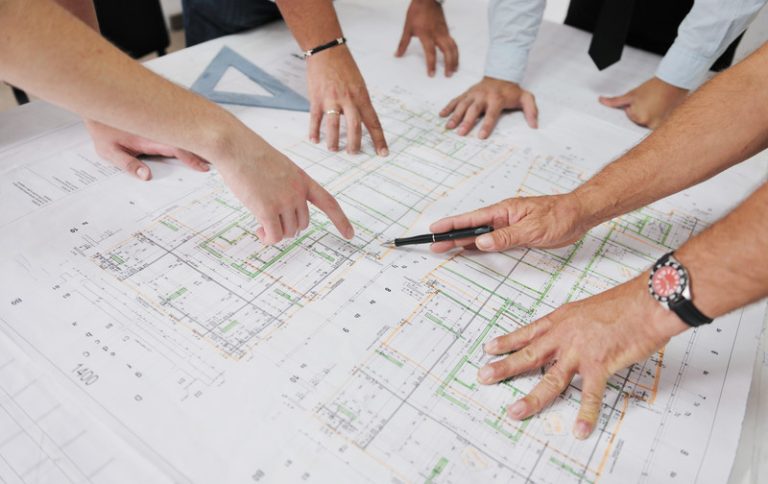Construction projects are complex, requiring coordination and communication among many stakeholders. The management of documents plays a critical role in the success of any construction project, and poor document management can lead to costly errors, delays, and disputes. Thus, I need to have proper document management practices in place. In this article, we will discuss the best practices for construction document management.
Planning and Preparation
Proper planning and preparation are essential for a successful construction project. Construction document management practices play an important role in the planning process, to ensure that projects run. These practices involve both pre-construction and onsite construction activities to ensure that all documents related to the project are handled, from initial design through to completion.
From creating a document management plan before starting a construction project to using cloud-based tools for real-time collaboration during the build phase, following best practices can help streamline processes and reduce costs associated with document control. Pre-construction activities such as organizing files into folders or naming conventions allow efficient tracking of documents throughout the project; while onsite activities include robust scanning and review processes that ease accurate recordkeeping. Furthermore, implementing post-project procedures such as file archiving or destruction can help keep information secure after completion.
Document Types
Several types of documents are used in construction projects. These include:
Contracts: These are binding agreements between parties that specify the terms and conditions of the project, including the scope of work, schedule, and payment.
Drawings and Specifications: These documents provide detailed instructions on how the project should be constructed, including the dimensions, materials, and finishes.
Change Orders: These are written orders that change the scope of work, schedule, or budget of the project.
Requests for Information (RFIs): These are formal requests for clarification or information from the project team, such as the architect, engineer, or contractor.
Submittals: These are documents that suppliers or subcontractors provide to the project team for approval, such as material samples or shop drawings.
Document Management Plan
The document management plan should define the procedures for creating, reviewing, approving, and distributing documents, as well as the roles and responsibilities of the project team. Some of the best practices for document management include:
Creating a centralized document repository: This can be a physical or virtual location where all project-related documents are stored and managed. The repository should be accessible to all team members, with proper security measures in place to protect sensitive information.
Establishing naming conventions: This will help ensure that documents are identifiable and searchable, and will also prevent duplicates and errors.
Using version control: This will allow team members to access the most current version of a document and track changes over time.
Implementing a review and approval process: This will ensure that all team members have the opportunity to review and provide feedback on documents before they are finalized.
Communication
Effective communication is critical for successful construction document management. The project team must have clear lines of communication to ensure that everyone is on the same page and has access to the information they need. Some best practices for communication include:
Meeting Management
Meetings should be held to discuss project progress and any issues or concerns that arise. The meetings should be structured and include an agenda, so all team members are prepared to contribute. Minutes should be taken to document decisions and actions, and all relevant documents should be reviewed during the meeting.
Collaboration Tools
Several collaboration tools can be used to ease communication among the project team, such as:
Project Management Software: These tools allow the project team to track progress, assign tasks, and communicate in real time.
Virtual Meeting Platforms: These platforms enable team members to connect from remote locations, share screens, and collaborate in real time.
Cloud Storage: This enables team members to access documents from any location, at any time.
Quality Control
Quality control is an important aspect of successful construction projects. Practices for construction document management are essential in ensuring that quality standards are met and maintained throughout the project. It’s important to create processes for reviewing and tracking documents to ensure that the most up-to-date version of the designs, plans, and specifications are being used on-site at all times. This helps to reduce mistakes that could lead to costly delays or even worse, structural integrity issues.
To ensure effective quality control practices for construction document management, it is necessary to develop a system that includes complete documentation of every element involved in the project. This includes making sure each item is checked off as it progresses through different phases such as design, production drawing review, material selection, fabrication, installation, and testing. All documents should be stored so they can be found when needed.

